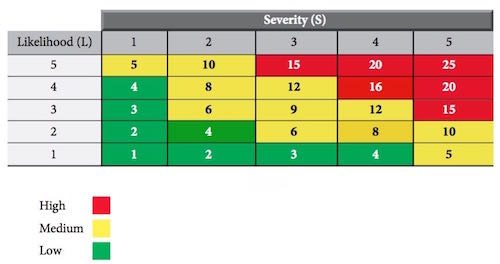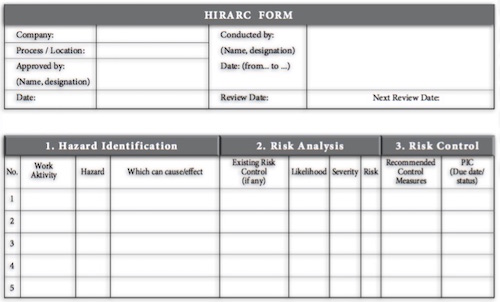A job hazard analysis can be performed for all jobs in the workplace, whether the job task is “special” (non-routine) or routine. Even one-step jobs - such as those in which only a button is pressed - can and perhaps should be analyzed by evaluating surrounding work conditions. To determine which jobs should be analyzed first, review your job injury and illness reports.
Obviously, a job hazard analysis should be conducted first for jobs with the highest rates of disabling injuries and illnesses. Also, jobs where “close calls” or “near misses” have occurred should be given priority. Analyses of new jobs and jobs where changes have been made in processes and procedures should follow. Eventually, a job hazard analysis should be conducted and made available to employees for all jobs in the workplace.
Involve the Employee
Once you have selected a job for analysis, discuss the procedure with the employee performing the job and explain its purpose. Point out that you are studying the job itself, not checking on the employee’s job performance. Involve the employee in all phases of the analysis - from reviewing the job steps and procedures to discussing potential hazards and recommended solutions. You also should talk to other workers who have performed the same job.











